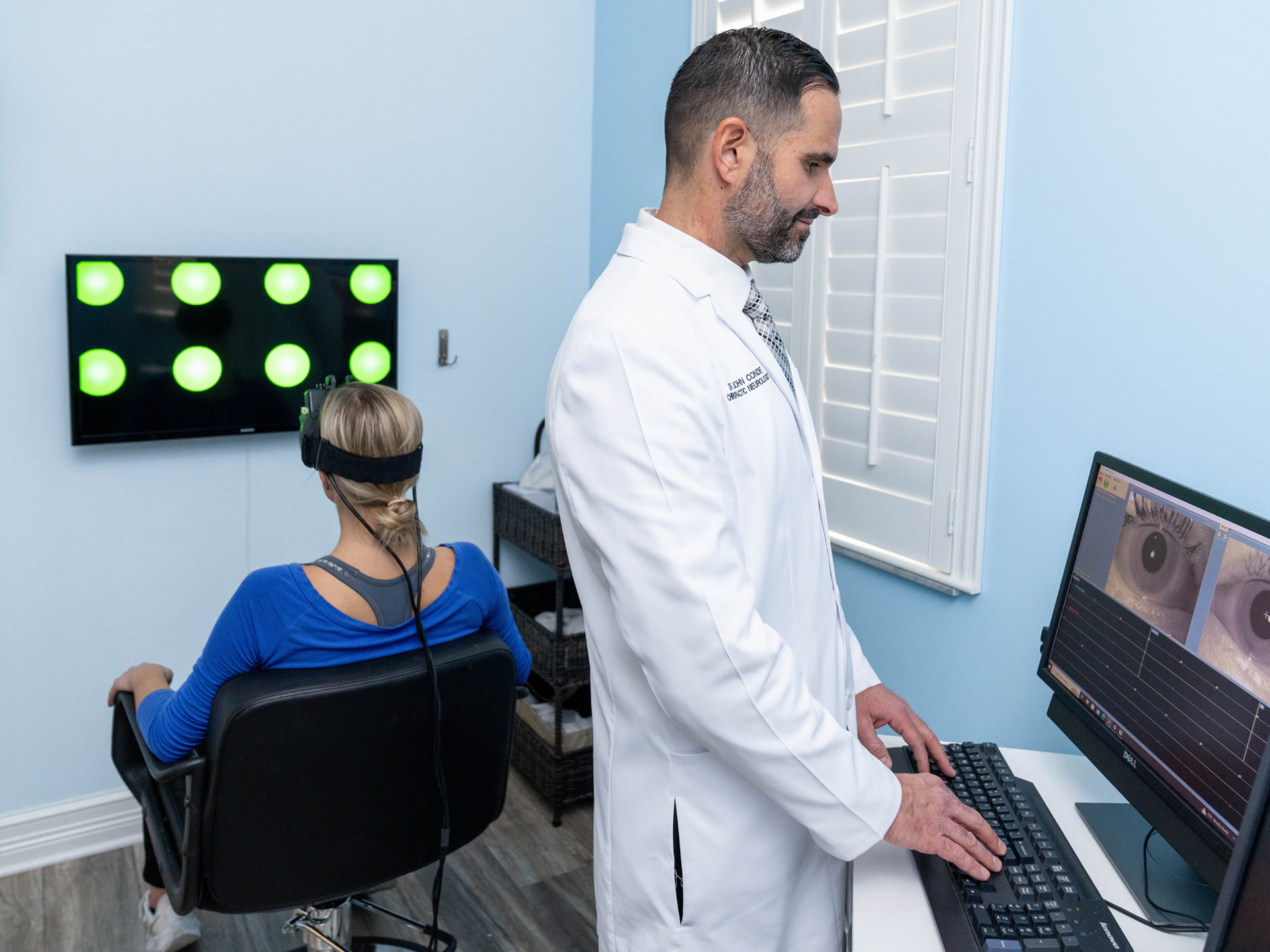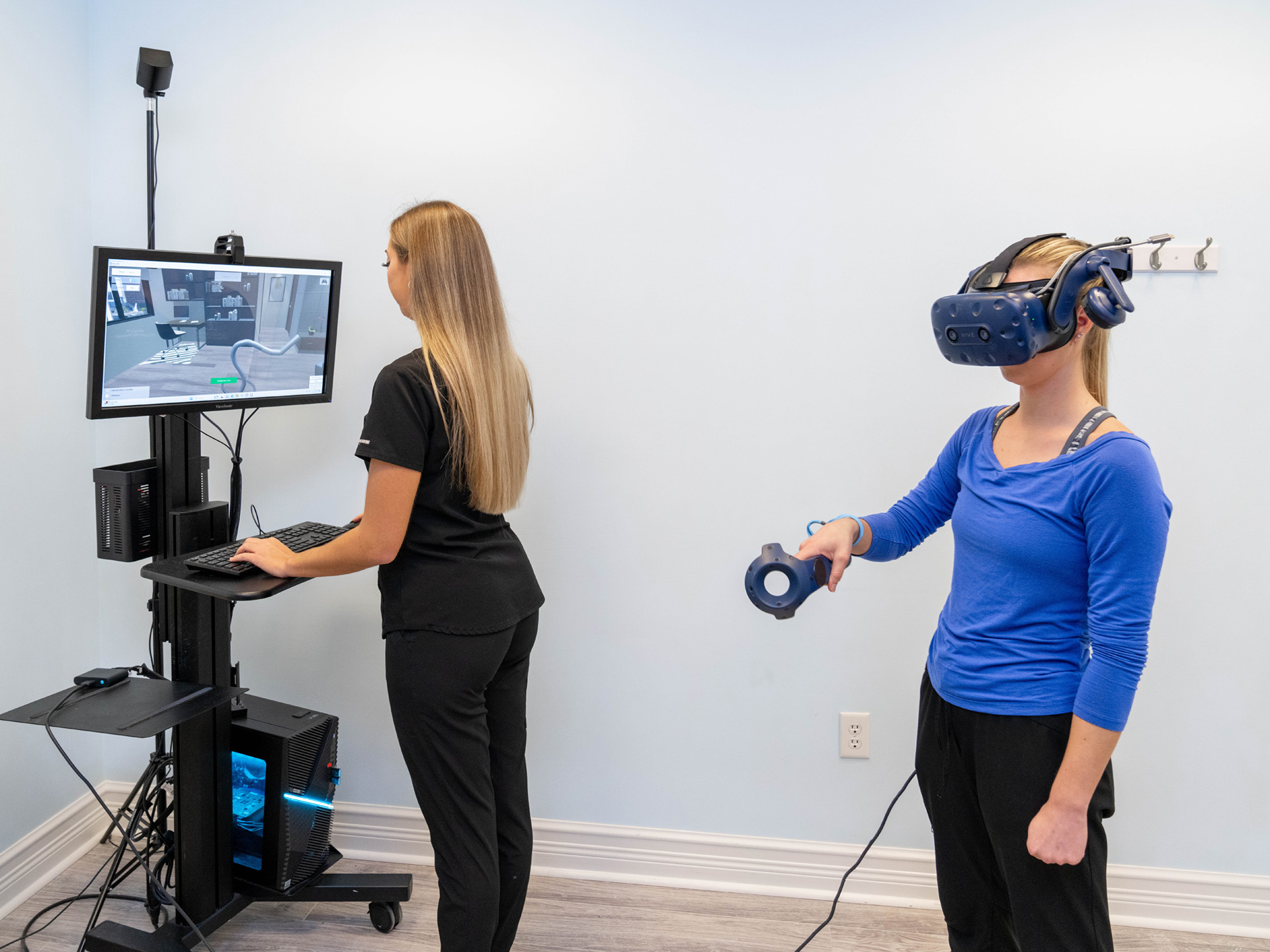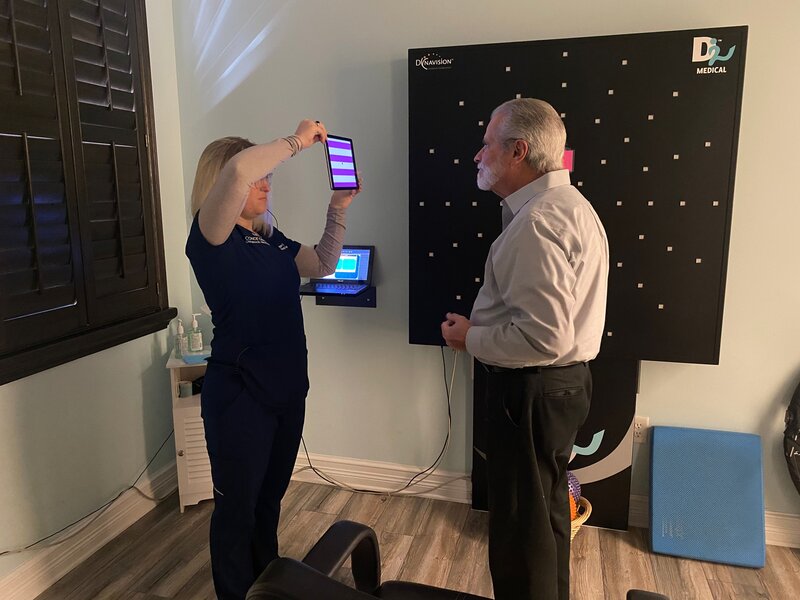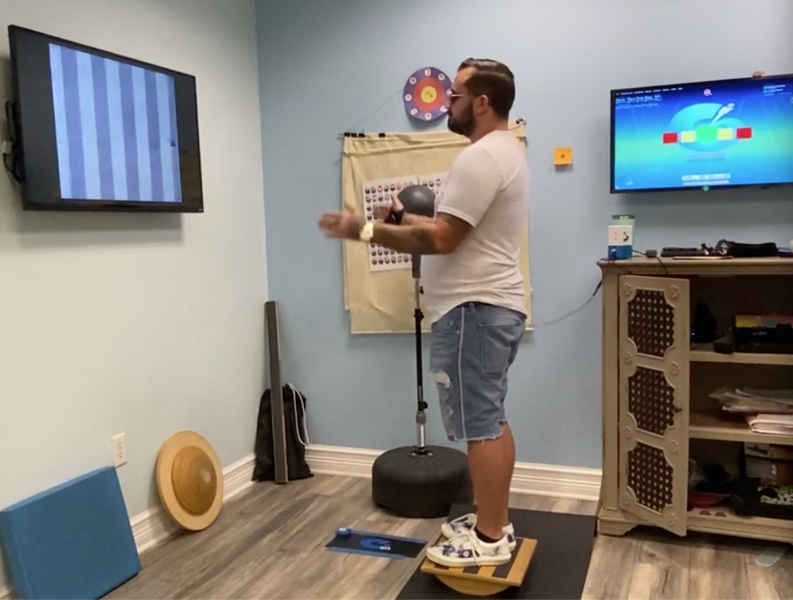EXPERIENCE THE FUNCTIONAL NEUROLOGY DIFFERENCE
Functional Neurology is a health care discipline focused on the assessment, quantification, and rehabilitation of the human nervous system. It utilizes sensory, motor, and cognitive based therapies, to promote neuroplasticity, stability, and neurological optimization. The specialty of Functional Neurology aids in the diagnosis and rehabilitation of simple and complex neurological conditions without pharmacy or surgery.









